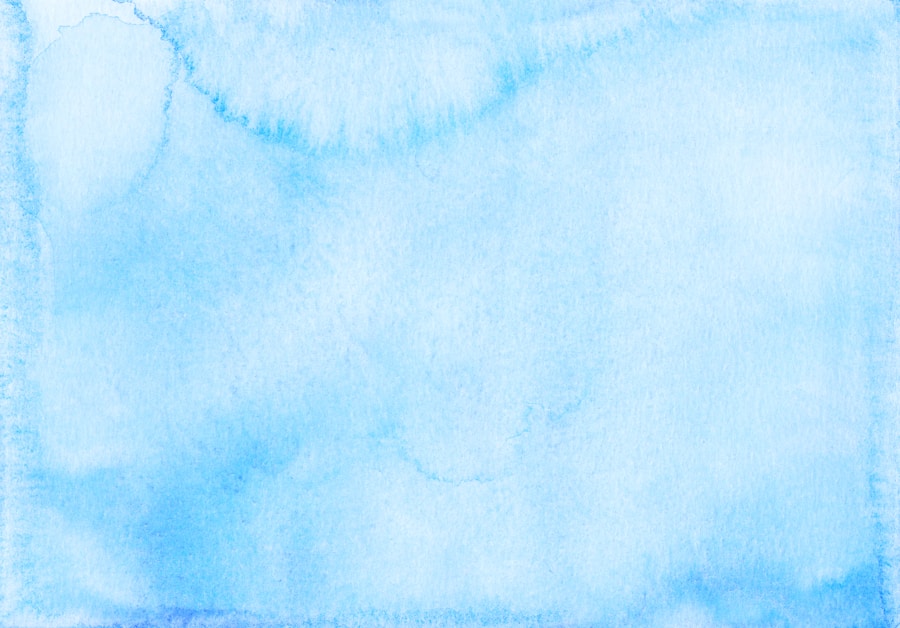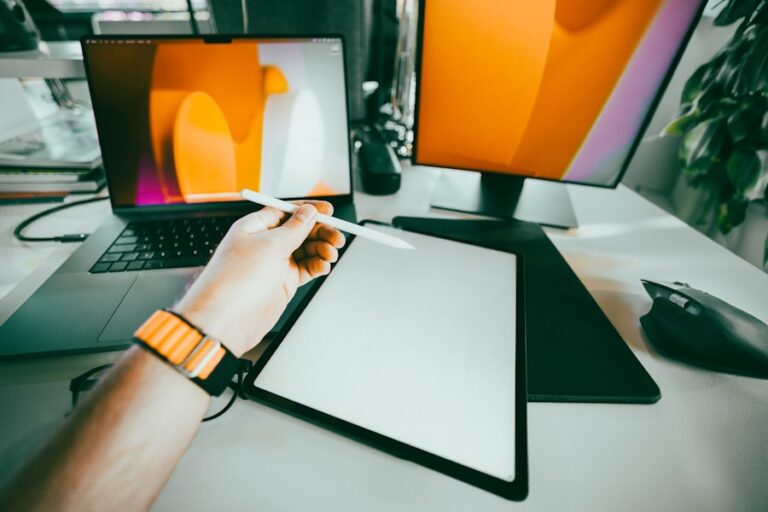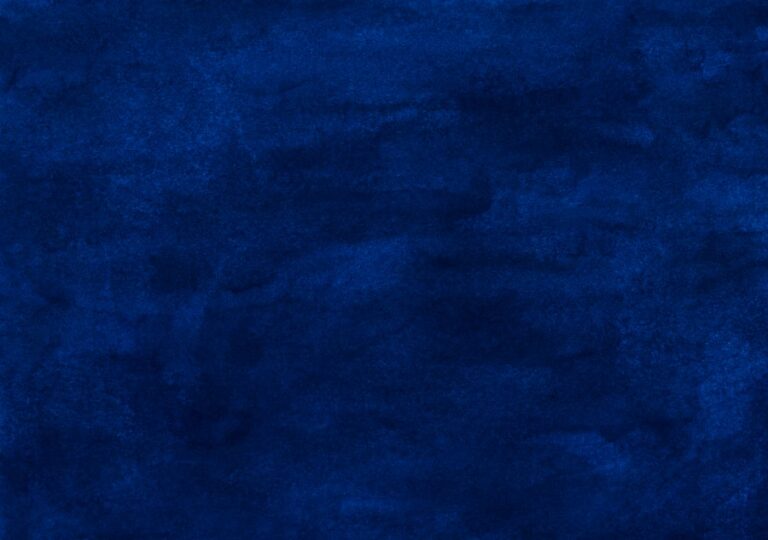Unleash Your Creativity: The Ultimate Guide to Digital Art Imaging
Digital art imaging is a form of artistic expression that utilizes digital technology to create visual artwork. It encompasses a wide range of techniques and styles, including digital painting, photo manipulation, 3D modeling, and graphic design. Unlike traditional art forms, digital art imaging allows artists to work with virtual tools and software to create their masterpieces. This medium has gained popularity in recent years due to its accessibility and versatility, allowing artists to experiment with different styles and techniques without the constraints of physical materials.
Digital art imaging also offers a unique platform for artists to explore new creative possibilities. With the use of digital tools, artists can manipulate images, experiment with colors and textures, and create intricate designs that would be difficult to achieve with traditional methods. Additionally, digital art imaging allows for easy editing and revision, giving artists the freedom to refine their work until they are satisfied with the final result. Overall, digital art imaging provides a dynamic and innovative approach to artistic expression, opening up a world of possibilities for both established and emerging artists.
Tools and Software for Digital Art Imaging
In order to create digital art, artists rely on a variety of tools and software to bring their visions to life. One of the most popular tools for digital art imaging is the graphics tablet, which allows artists to draw directly onto a digital canvas using a stylus. This provides a more natural and intuitive way of creating artwork, as it simulates the experience of drawing or painting on paper. Additionally, artists use software such as Adobe Photoshop, Corel Painter, and Procreate to manipulate images, add effects, and enhance their artwork.
Another essential tool for digital art imaging is a high-quality computer or tablet with sufficient processing power and memory to handle complex graphics and rendering. Additionally, artists may use digital cameras or scanners to capture images or textures for use in their artwork. Overall, the combination of hardware and software tools enables artists to create stunning digital art that pushes the boundaries of traditional artistic expression.
Techniques for Creating Digital Art
Creating digital art requires a unique set of techniques that differ from traditional art forms. One of the most common techniques used in digital art imaging is digital painting, which involves using software to simulate the look and feel of traditional painting techniques. Artists can use various brushes, textures, and blending modes to create realistic and expressive paintings that rival their traditional counterparts. Another popular technique is photo manipulation, which involves combining and altering photographs to create surreal or fantastical compositions.
In addition to these techniques, 3D modeling is another important aspect of digital art imaging. This involves creating three-dimensional objects and environments using specialized software such as Blender or Autodesk Maya. Artists can manipulate these 3D models to create stunning visual effects or realistic renderings. Overall, the techniques used in digital art imaging are diverse and versatile, allowing artists to explore new creative possibilities and push the boundaries of traditional artistic expression.
Exploring Different Styles and Genres in Digital Art
Digital art imaging encompasses a wide range of styles and genres, allowing artists to explore diverse creative avenues. One popular style in digital art is surrealism, which involves creating dreamlike or fantastical imagery that challenges the viewer’s perception of reality. Surrealism often incorporates elements of photo manipulation and digital painting to create otherworldly compositions. Another popular genre is sci-fi and fantasy art, which often features futuristic landscapes, alien creatures, and epic battles.
In addition to these styles, digital art imaging also encompasses graphic design, typography, and illustration. Graphic design involves creating visual communication through the use of typography, imagery, and layout, while illustration focuses on creating visual representations of concepts or narratives. Overall, the diverse range of styles and genres in digital art imaging provides artists with endless opportunities for creative expression and experimentation.
Tips for Enhancing Creativity in Digital Art Imaging
Enhancing creativity in digital art imaging requires a combination of technical skill and artistic vision. One way to enhance creativity is to experiment with different tools and techniques, such as trying out new brushes or blending modes in digital painting software. This can help artists discover new ways of creating textures and effects that can add depth and interest to their artwork. Additionally, seeking inspiration from other artists or different art forms can help spark new ideas and approaches to creating digital art.
Another tip for enhancing creativity in digital art imaging is to set aside time for regular practice and experimentation. By dedicating time each day or week to creating new artwork or trying out new techniques, artists can develop their skills and expand their creative repertoire. Additionally, seeking feedback from other artists or peers can provide valuable insights and perspectives that can help artists grow and improve their work. Overall, enhancing creativity in digital art imaging requires a combination of technical skill, artistic vision, and a willingness to explore new ideas and approaches.
Showcasing and Sharing Your Digital Art
Once an artist has created their digital artwork, the next step is to showcase and share it with the world. One way to do this is by creating an online portfolio or website where artists can display their work and provide information about their artistic process and inspiration. This allows artists to reach a wider audience and connect with potential clients or collaborators. Additionally, social media platforms such as Instagram, Twitter, and Facebook provide a convenient way for artists to share their artwork with a large audience.
Another way to showcase and share digital art is by participating in art exhibitions or events that focus on digital art imaging. This provides artists with the opportunity to network with other artists, gain exposure, and potentially sell their artwork. Additionally, submitting artwork to online galleries or competitions can help artists gain recognition and exposure within the digital art community. Overall, showcasing and sharing digital art requires a proactive approach that involves creating an online presence, participating in events, and seeking out opportunities to connect with other artists and potential clients.
Finding Inspiration and Motivation in Digital Art
Finding inspiration and motivation in digital art imaging is essential for sustaining creativity and passion for the craft. One way to find inspiration is by exploring different art forms and styles outside of digital art imaging, such as traditional painting, sculpture, or photography. This can help artists gain new perspectives and ideas that they can incorporate into their own work. Additionally, seeking out the work of other digital artists can provide valuable inspiration and insights into different techniques and approaches.
Another way to find inspiration in digital art imaging is by exploring different themes or concepts that resonate with the artist personally. This could involve exploring themes such as nature, technology, mythology, or social issues through the lens of digital art imaging. By connecting their artwork to meaningful themes or concepts, artists can find motivation in creating work that has personal significance and resonance. Overall, finding inspiration and motivation in digital art imaging requires a willingness to explore new ideas, seek out diverse influences, and connect with themes that hold personal significance.
In conclusion, digital art imaging offers a dynamic platform for artistic expression that encompasses a wide range of styles, techniques, and genres. By understanding the tools and software available for digital art imaging, artists can explore new creative possibilities and push the boundaries of traditional artistic expression. By experimenting with different techniques and styles, artists can create stunning visual artwork that resonates with audiences around the world. Additionally, by showcasing their work online or participating in events and exhibitions, artists can connect with other creators and potential clients while finding inspiration from diverse sources outside of digital art imaging. Ultimately, digital art imaging provides a versatile medium for artists to explore new creative horizons while finding inspiration and motivation in their artistic journey.






